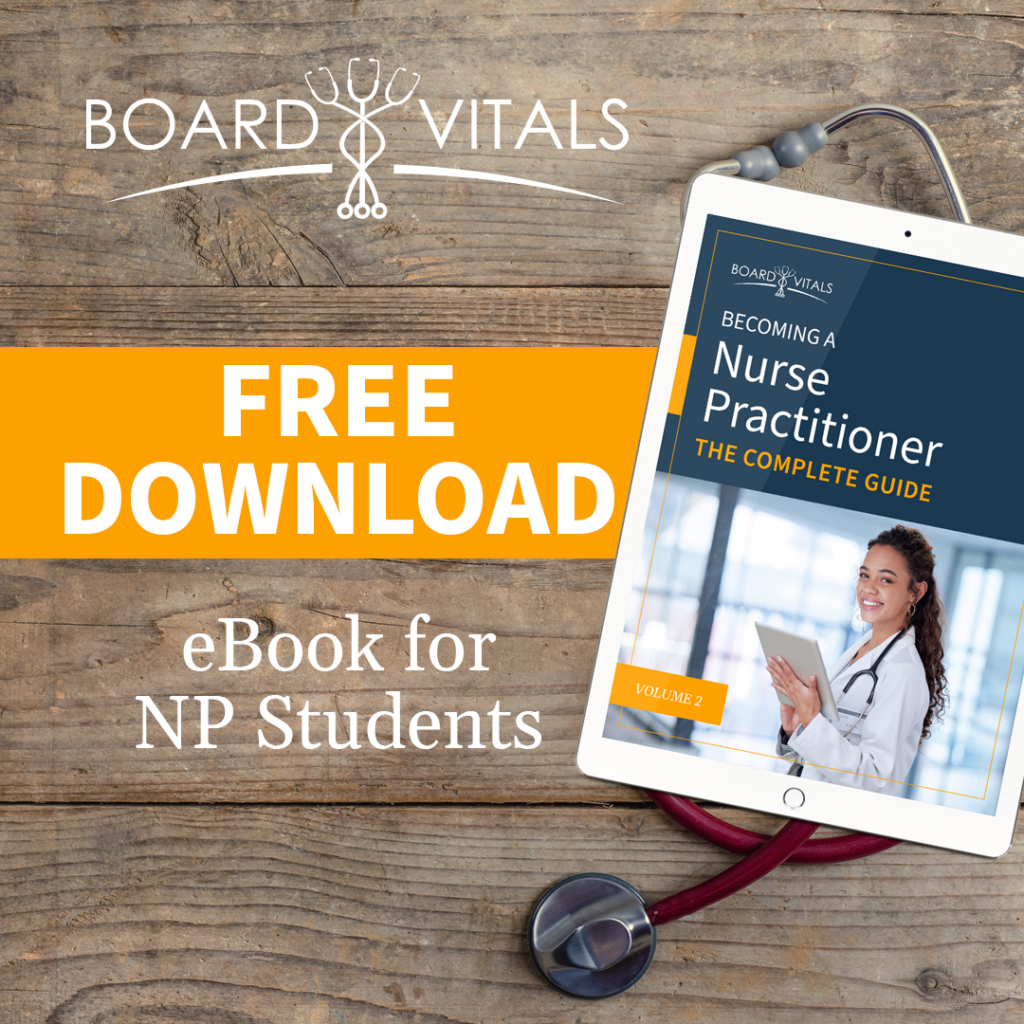The FNP board exams are a critical part of the journey to becoming a Family Nurse Practitioner. Passing the exam starts with the right preparation. Whether you’re just beginning to prepare or are looking for that final push across the finish line, here are some tips and strategies to help you study smarter, manage your time effectively, and maximize your chances of success.
Are you getting ready to take your Family Nurse Practitioner Exam? Getting started in studying can be daunting. You need to prioritize time to study and prepare — and take practice questions!
Decide Which FNP Exam to Take
There are multiple FNP exam areas including Family, Adult-Gerontology, Pediatrics and Adolescent Medicine, Midwifery and Psychiatric. The test you take will depend on your practice goals, but which test is right for you? Deciding between ANCC and AANP certification is essential.
Devise a Study Plan
Plot a study plan schedule about six months prior to the exam. Target your self- or group study by employing the ANCC Test Content Outline or AANP Handbook for a breakdown of the topics by percentage that you can expect on exam day.
Take Practice Questions
Research shows answering questions in the format close to the exam provides the best format for studying. There’s a statistically significant correlation between the number of questions that you take and the performance on the exam.
BoardVitals offers practice questions for both the ANCC and AANP FNP exams, with all questions targeted to the content outline for each exam. Need extra practice? Purchase an add-on practice test for additional questions in a format that mimics the exact blueprint, length, and interface you’ll see on test day. Speaking of which…
Simulate Exam Day Conditions
The best way to face test day with confidence is to be ready for everything you can experience at the testing center. While you obviously can’t sit in the center before the exam, you can simulate test conditions during your practice sessions. This includes adhering to time limits and quiet rules.
Address Problem Areas Before Test Day
As you complete practice questions, keep track of which areas are giving you the most trouble. These are the sections you should be focusing on as you prepare for the Family Nurse Practitioner exam. From books to online courses, there are various resources available to help you study.
Anticipate Your Exam
Know the location of the examination site. Check-in at the test site requires personal identification like driver’s license or state identification. Plan for a full night of sleep prior to the test, consume a protein (e.g., eggs, yogurt, oatmeal or cereal) breakfast and ingest plenty of water as no food or drink is allowed in the test room. Arrive ahead to use the restroom before entering the exam room.
Take Your Time
The examinee uses a computer to answer multiple choice questions. Be sure to read the entire question prior to looking at the answers. Then, read all the answers choices and choose your response. The exam allows guessing with no penalty. Guess if you do not know the answer. Misconstruing the question leads to wrong answers.

Looking for more advice for the NP boards? Our free eBook, Becoming a Nurse Practitioner: The Complete Guide, is your guide for surviving NP school. From applying to NP school to passing your certification exams, get answers to all of your questions on your journey to becoming an NP.




